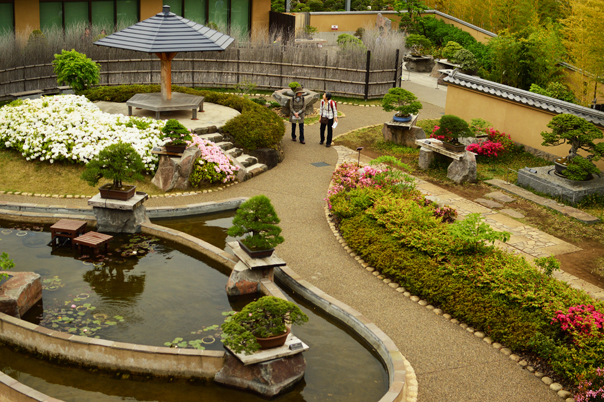
Bonsai is now world wide
The term “Bonsai” can refer to the Japanese form of trained dwarfed potted trees, and also to most similar versions, such as penjing in China, bunjae in Korea, hon non bo in Vietnam.
The international horticultural art form originated two millennia ago in Mainland China. This was then brought over to Japan a thousand years later and it developed along different lines. Because of the course of Western history, politics, and economics, Europe and North America were strongly introduced to these the Japanese version of magical miniature landscapes during the latter 19th century. Before the war, Australia, South America was introduced to it and South Africa cherishes bonsai culture as well. Via the Internet, international communication of bonsai experiences has progressed and has been spread.

Japan and China still have biggest interests by far, but the U.S, some countries in Europe, and the U.K are getting bigger interests in Bonsai. The countries which have medium interests are Canada, South Africa, India, Italy, Brazil, Argentine, Australia, Singapore, Papua New Guinea and Indonesia. It seems that Russia, New Zealand, Turkey, Iran, Algeria, Nigeria, Congo, and other African countries on the south, Mexico, Chilli and Peru has quite small but still have interests in Bonsai.



















